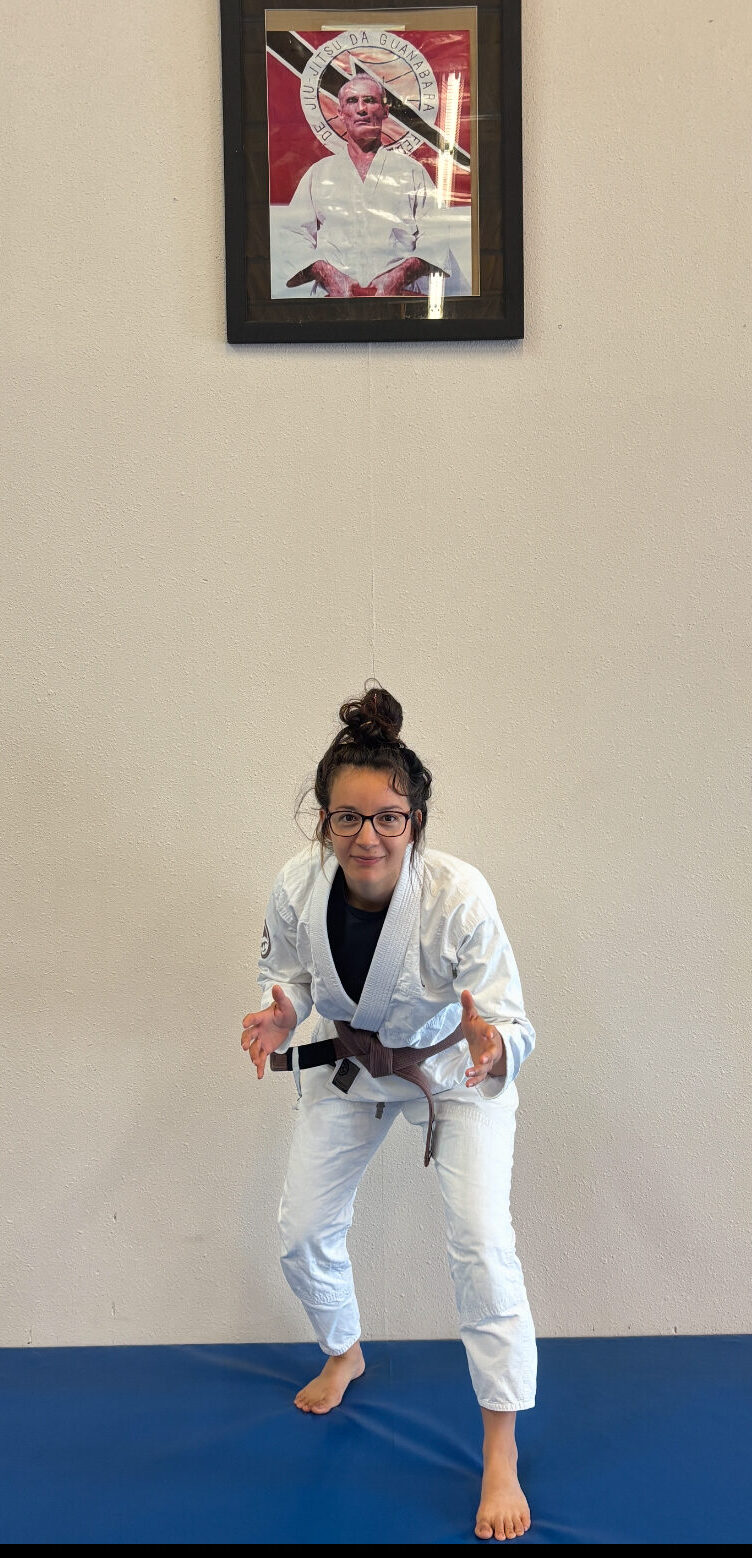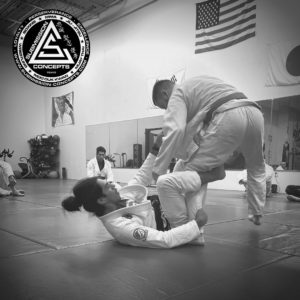
We aim to provide a supportive and welcoming environment here at Submission Concepts. Our hope is that what you experience and learn from the Gentle Art of Jiu Jitsu, will not only create success for you on the mats, but off the mats as well. Change is inevitable, and we believe Jiu Jitsu will prepare you for the ebb and flow of life’s experiences.
What is the Gentle Art of Jiu Jitsu?
There are some who claim Jiu Jitsu was originally created by the Buddhist Monks 4,000 years ago in order to subdue those who would choose to do harm unto them, without force. Jū in Japanese means ‘gentleness,’ and jutsu means ‘art’ or ‘technique,’ literally translating to “gentle art.” Although we cannot trace the lineage directly back to the monks, we can see how the way of the monks can be reflected when studying the art of Jiu Jitsu. Focus and attention of the Self must be present to be able to subdue or overcome any obstacle or challenge presented to us, internally or externally. Samurai in Japan knew that discipline of the mind and body was necessary when studying the arts. It is in Japan that we can trace back the lineage of the gentle art.
Brazilian Jiu-Jitsu (BJJ) is a martial art that is derived from Japanese Jiu-Jitsu and Judo. BJJ uses timing, leverage, torsion and pressure in order to take one’s opponent to the ground and subdue them with joint manipulations and/or chokes. In 1915 Japanese judoka, Mitsuyo Maeda began teaching Jiu-Jitsu and Judo in Brazil. Amongst his very first students were Master Helio Gracie, and his brother Master Carlos Gracie. These men came to develop the Brazilian Jiu-Jitsu that was brought to the United States in the early 1970s. In the early 1990s Brazilian Jiu-Jitsu was made popular by the Gracie family during some of the first UFC events. Since then, it has grown to be one of the most popular martial arts seeked out and learned today. It has more recently been modernized by sport BJJ competitions, but is still taught and used for combative and self defense situations. Organizations such as the military, and police, are taught the more traditional self defense and combat form of Brazilian Jiu-Jitsu.
Our Lineage: Jigoro Kano –> Mitsuo Maeda –> Carlos/Helio Gracie –> Royler Gracie –> Jason Izaguirre –> Dave Siller –> Head Coach Jonathan Ramirez, Bill Roberts, Ralph Morado
Submission Concepts Kids Brazilian Jiu Jitsu Handbook
Brazilian Jiu Jitsu Coaches
Name: Jonathan Ramirez
Instagram: @guardeirogjj
Background/Experience:
Coach Jon is our head Brazilian Jiu Jitsu coach. He’s been practicing Martial Arts for 20 years, is a 2nd Degree Brazilian Jiu Jitsu Black Belt, has fought professionally in MMA, and has extensive competitive and teaching experience. Coach Jon has a background in Brazilian Jiu Jitsu, Muay Thai, Self Defense (kids and adults), Submission Grappling & Combat Jiu Jitsu.

Name: Coach William Roberts
Background/Experience:
Coach Bill is a 2nd Degree Black Belt under Dave Siller, a 4th Degree in Black Belt in Tang Soo Do, and experience studying Muay Thai. He is a 35+ year martial artist that has fought amateur MMA and competed numerous times in Jiu Jitsu. Coach Bill also specializes in and works with Law Enforcement officers.
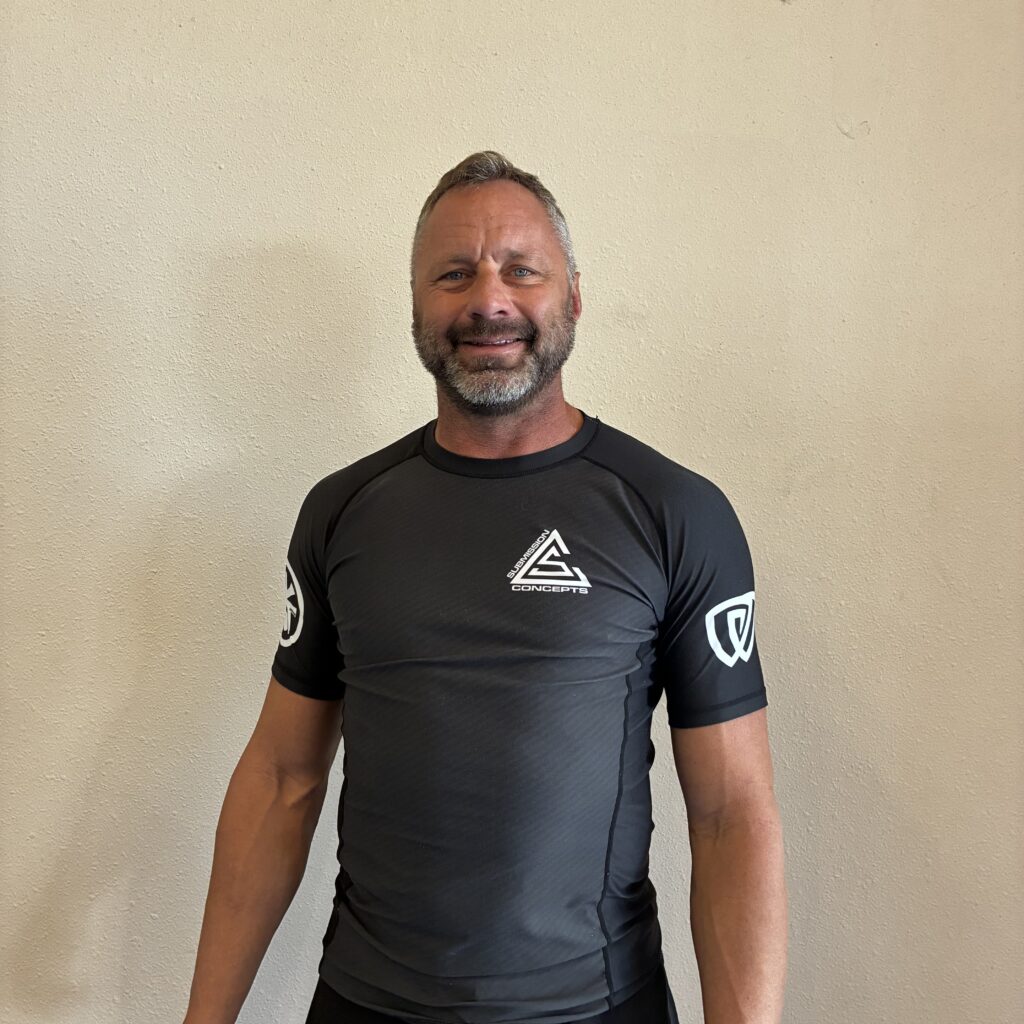
Name: Ralph Morado
Background/Experience:
Ralph Morado is a 2nd Degree Brazilian Jiu-Jitsu Black Belt under Dave Siller, with over 20 years of experience in Jiu-Jitsu and MMA. As an SAPD officer, he incorporates fundamental training methods designed for real-life scenarios. He has an extensive background in coaching and developing high-level competitors, supported by many years of his own competitive experience.
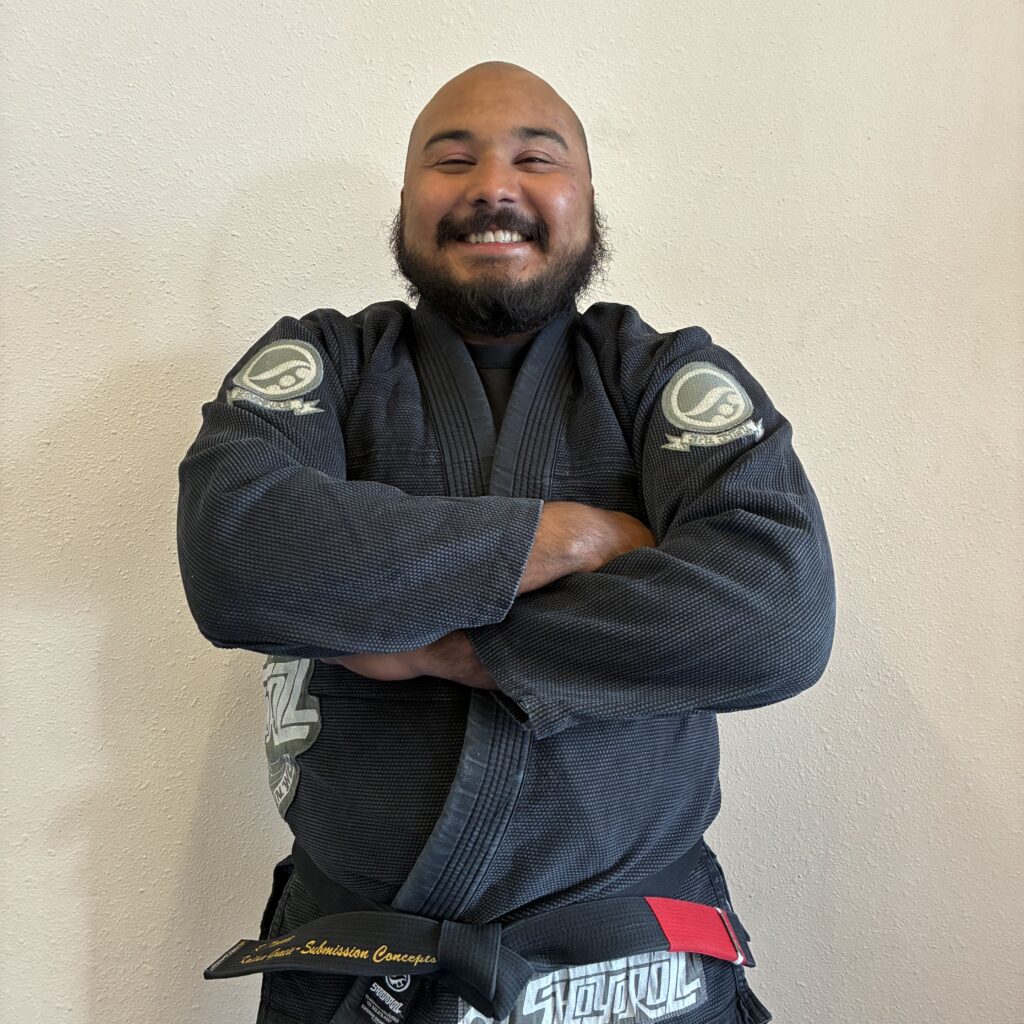
Name: Coach Jason
Background/Experience:
Coach Jason received his Brown Belt from Coach Jonathan Ramirez, and has been training and teaching at Submission Concepts for over 4 years. With his background as a Professor of Physical Therapy, Jason brings a sound and organized teaching curriculum to his classes.
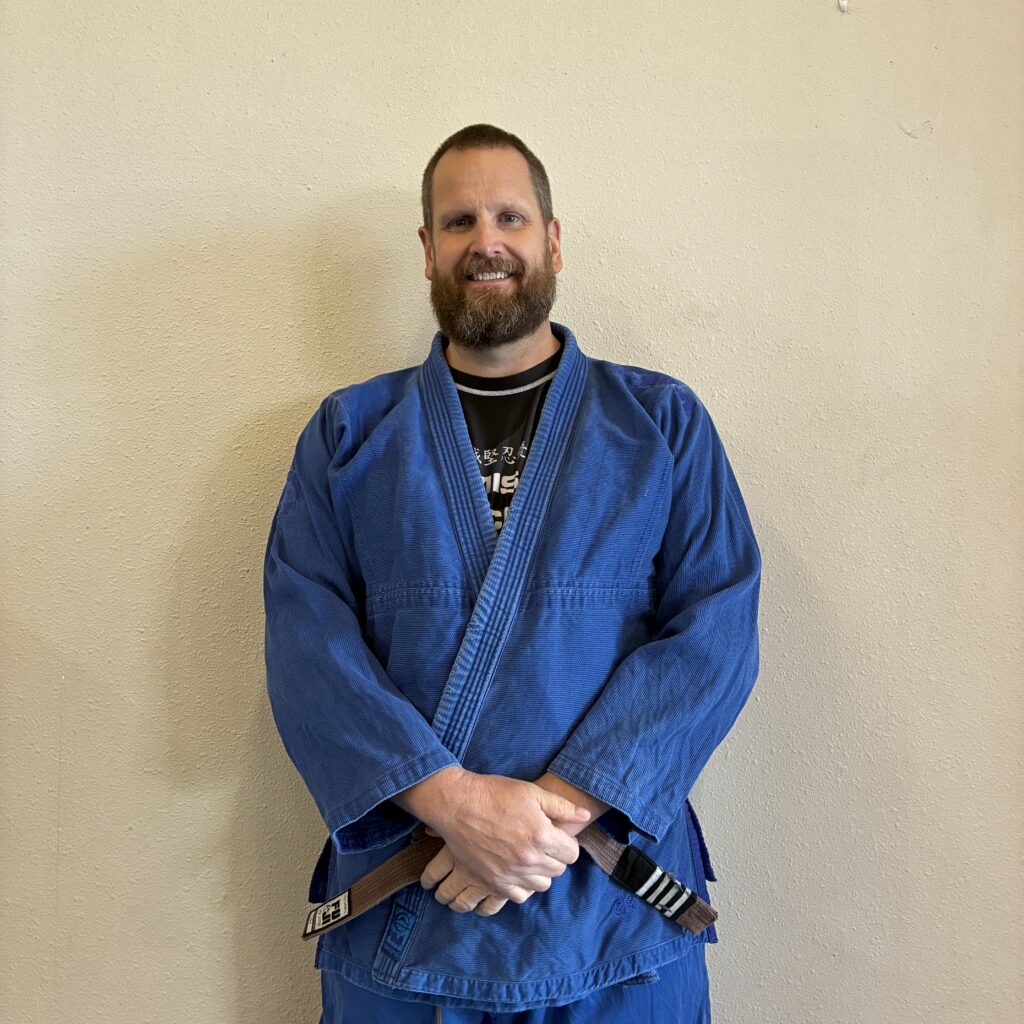
Name: Krystle Kruizenga
Instagram: @mindbodyempowered
Background/Certifications:
Krystle is Brazilian Jiu-Jitsu Brown Belt under Coach Jonathan Ramirez, and has 16+ years experience studying Martial Arts. She is currently the Women’s BJJ & Kid’s BJJ Coach, and has been teaching Adult and children’s BJJ classes at SUBCON for 10+ years. With a Bachelors of Science in Athletic Training and a Masters of Science in Sports Management, Krystle brings her knowledge of human physiology and her organizational/leadership skills to her teaching style.
